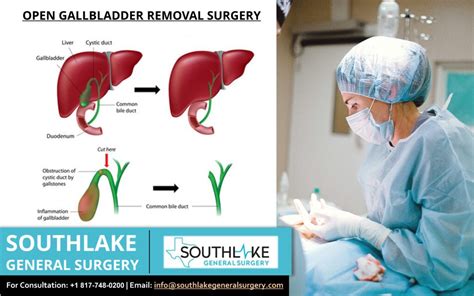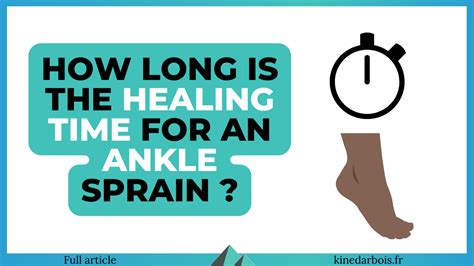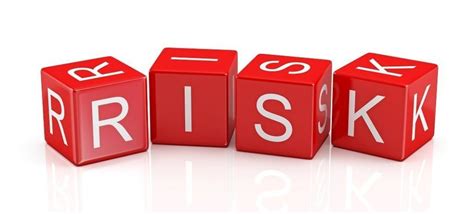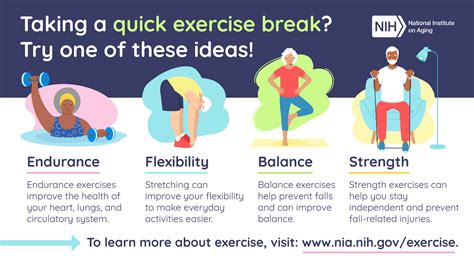Intro
Discover the typical Gallbladder Surgery Recovery Time, including post-operative care, diet, and lifestyle adjustments to ensure a smooth healing process and minimize complications after cholecystectomy.
The gallbladder is a small, pear-shaped organ located under the liver, responsible for storing bile, a digestive fluid that helps break down fats and fat-soluble vitamins in the small intestine. While it plays a crucial role in the digestive process, the gallbladder can sometimes become inflamed or develop stones, leading to severe abdominal pain, nausea, and vomiting. In such cases, surgical removal of the gallbladder, also known as cholecystectomy, may be necessary to alleviate symptoms and prevent further complications. One of the primary concerns for patients undergoing gallbladder surgery is the recovery time, as it can significantly impact their daily lives, work, and overall well-being.
Gallbladder surgery has evolved significantly over the years, with the development of minimally invasive techniques, such as laparoscopic cholecystectomy, which has reduced the recovery time and scarring associated with traditional open surgery. Despite these advancements, patients still need to understand the recovery process, including the physical and emotional challenges they may face, to ensure a smooth and successful transition back to their normal activities. A thorough understanding of the recovery process can help patients manage their expectations, reduce anxiety, and make informed decisions about their care.
The recovery time for gallbladder surgery can vary depending on several factors, including the type of surgery performed, the patient's overall health, and the presence of any underlying medical conditions. Generally, patients can expect to spend several days in the hospital after surgery, followed by several weeks of recovery at home. During this time, they may experience fatigue, discomfort, and changes in bowel habits, which can be managed with medication, dietary modifications, and lifestyle adjustments. It is essential for patients to follow their doctor's instructions carefully and attend follow-up appointments to ensure a safe and successful recovery.
Gallbladder Surgery Overview

Gallbladder surgery, also known as cholecystectomy, is a surgical procedure that involves the removal of the gallbladder, either through open surgery or minimally invasive techniques, such as laparoscopy. The goal of the surgery is to alleviate symptoms, such as abdominal pain, nausea, and vomiting, caused by gallstones or inflammation of the gallbladder. The surgery typically takes about 1-2 hours to complete, and patients are usually given general anesthesia to ensure comfort and relaxation during the procedure.
Types of Gallbladder Surgery
There are two main types of gallbladder surgery: open cholecystectomy and laparoscopic cholecystectomy. Open cholecystectomy involves making a large incision in the abdomen to access the gallbladder, while laparoscopic cholecystectomy involves making several small incisions to insert a laparoscope and surgical instruments. Laparoscopic cholecystectomy is a minimally invasive procedure that has become the preferred method for gallbladder removal, as it results in less scarring, reduced recovery time, and fewer complications.Recovery Time and Process

The recovery time for gallbladder surgery can vary depending on the individual patient and the type of surgery performed. Generally, patients can expect to spend several days in the hospital after surgery, followed by several weeks of recovery at home. During this time, they may experience fatigue, discomfort, and changes in bowel habits, which can be managed with medication, dietary modifications, and lifestyle adjustments.
Immediate Recovery (0-3 days)
In the immediate post-operative period, patients can expect to experience some discomfort, pain, and fatigue. They may also experience nausea, vomiting, and changes in bowel habits, which can be managed with medication and dietary modifications. Patients will typically be given pain medication and anti-nausea medication to manage their symptoms, and they will be encouraged to walk and move around to prevent blood clots and promote healing.Short-Term Recovery (3-14 days)
In the short-term post-operative period, patients can expect to experience some fatigue, discomfort, and changes in bowel habits. They may also experience some numbness or tingling in the abdominal area, which can be managed with medication and lifestyle adjustments. Patients will typically be encouraged to follow a bland diet, avoid heavy lifting, and avoid strenuous activities to promote healing and prevent complications.Long-Term Recovery (14 days-6 weeks)
In the long-term post-operative period, patients can expect to experience some fatigue, discomfort, and changes in bowel habits. They may also experience some changes in their digestive habits, such as diarrhea or constipation, which can be managed with dietary modifications and lifestyle adjustments. Patients will typically be encouraged to follow a healthy diet, exercise regularly, and manage their stress to promote healing and prevent complications.Risks and Complications

As with any surgical procedure, there are risks and complications associated with gallbladder surgery. These can include infection, bleeding, and damage to surrounding organs, such as the liver, bile ducts, and small intestine. Patients may also experience some numbness or tingling in the abdominal area, which can be managed with medication and lifestyle adjustments.
Common Risks and Complications
Some common risks and complications associated with gallbladder surgery include: * Infection * Bleeding * Damage to surrounding organs * Numbness or tingling in the abdominal area * Changes in bowel habits * Diarrhea or constipationManaging Risks and Complications
To manage risks and complications, patients should follow their doctor's instructions carefully and attend follow-up appointments. They should also be aware of the signs and symptoms of complications, such as fever, chills, and abdominal pain, and seek medical attention immediately if they experience any of these symptoms.Diet and Nutrition

A healthy diet and nutrition are essential for recovery after gallbladder surgery. Patients should follow a bland diet, avoiding fatty, greasy, or spicy foods, and drink plenty of water to stay hydrated. They should also avoid heavy lifting, strenuous activities, and manage their stress to promote healing and prevent complications.
Post-Operative Diet
In the immediate post-operative period, patients may be given a liquid diet, which can include clear broths, electrolyte-rich beverages, and gelatin. As they progress, they can introduce solid foods, such as crackers, toast, and plain cookies, and gradually move to a more balanced diet.Long-Term Dietary Changes
In the long-term, patients may need to make some dietary changes to manage their digestive health. They may need to avoid fatty, greasy, or spicy foods, and drink plenty of water to stay hydrated. They should also eat smaller, more frequent meals, and avoid eating late at night to promote healing and prevent complications.Exercise and Physical Activity

Exercise and physical activity are essential for recovery after gallbladder surgery. Patients should start with gentle exercises, such as walking, and gradually progress to more strenuous activities, such as running or weightlifting. They should also avoid heavy lifting, bending, or strenuous activities to promote healing and prevent complications.
Post-Operative Exercise
In the immediate post-operative period, patients may be encouraged to walk and move around to prevent blood clots and promote healing. They should start with short walks and gradually increase their distance and intensity as they progress.Long-Term Exercise and Physical Activity
In the long-term, patients should aim to exercise regularly, at least 30 minutes a day, to promote healing and prevent complications. They should also incorporate strength training, flexibility exercises, and cardiovascular activities to maintain their overall health and well-being.Conclusion and Final Thoughts

In conclusion, gallbladder surgery recovery time can vary depending on the individual patient and the type of surgery performed. Patients should follow their doctor's instructions carefully, attend follow-up appointments, and be aware of the signs and symptoms of complications. A healthy diet, exercise, and physical activity are essential for recovery, and patients should aim to make long-term lifestyle changes to promote healing and prevent complications.
We invite you to share your experiences, ask questions, or provide feedback on this article. Your input can help others who are going through a similar situation, and we appreciate your participation in our community. Please feel free to comment, share this article, or take specific actions to promote your health and well-being.
What are the risks and complications associated with gallbladder surgery?
+The risks and complications associated with gallbladder surgery include infection, bleeding, and damage to surrounding organs, such as the liver, bile ducts, and small intestine. Patients may also experience some numbness or tingling in the abdominal area, which can be managed with medication and lifestyle adjustments.
What is the typical recovery time for gallbladder surgery?
+The typical recovery time for gallbladder surgery can vary depending on the individual patient and the type of surgery performed. Generally, patients can expect to spend several days in the hospital after surgery, followed by several weeks of recovery at home.
What are the dietary changes that patients need to make after gallbladder surgery?
+Patients may need to make some dietary changes after gallbladder surgery, such as avoiding fatty, greasy, or spicy foods, and drinking plenty of water to stay hydrated. They should also eat smaller, more frequent meals, and avoid eating late at night to promote healing and prevent complications.
